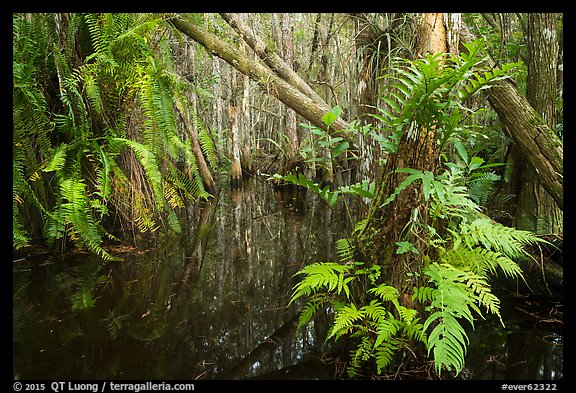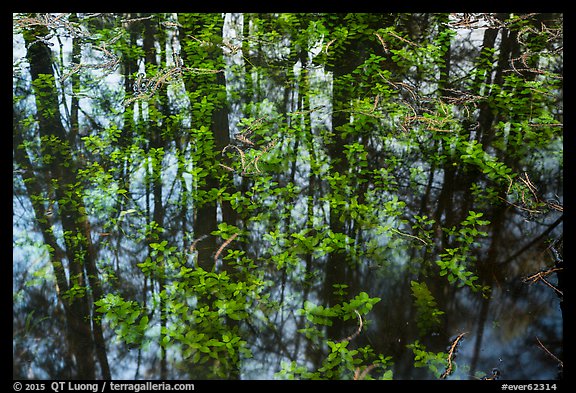Everglades Mosquitoes and Cypress Domes
2 Comments
The NPS website states “Camping at the southern tip of Everglades National Park is an experience to remember!”. I indeed vividly remember camping at Flamingo on my first trip to the Everglades in January 1998. Although it was during the relatively bug-free winter, that night I was overwhelmed by the mosquitoes. I had never gotten as many bites in my life before. I wowed not to camp at Flamingo again, moving for the next night to the Long Pine Key campground. I found the mosquito level to be quite acceptable there, compared to the Flamingo campground.

Having recently discovered the beauty of the summer season in the Everglades, this year, I came back to the park for the third year in a row during the summer. 17 years after my first night there, I eventually returned to the Flamingo campground. September, at the tail of the wet season, is the time of the year when the mosquitoes are at their worst, as highlighted by a mosquito meter at the visitor center.

Sane visitors could not be found anywhere. Although the Flamingo Campground has more than 300 sites, I did not see a single other person camping there. What brought me there – besides the fact that the less buggy Long Pine Key campground is curiously closed in summer ? I hoped to capture great sunset and sunrise clouds, and in between a time-lapse with thunder storms over Florida Bay – something you don’t see in winter. At least, I was pretty sure nobody would steal my unattended camera!

After Boca Chita Key, the score was: mosquitoes 1 – QT 0. I wanted to see how I would do with better preparation, which meant bug jacket, bug pants, and Deet only on hands (I dislike the toxic stuff). It turned out that I spent a better night in the tent than I did at the hotel, because there was no need for noisy AC. In the small volume, it was short work to kill the mosquitoes that had followed me. Even score. The most annoying time was in the car. Mosquitoes would hide in all corners. Driving with all windows open didn’t get rid of them at all. I neutralized them by cranking the AC and fan to max (60F). The combination of temperature and airflow prevented them from biting, but I had to roll down the window frequently to warm up, and, each time I got out, my glasses would fog instantly.

During my time in the park, because of mostly overcast conditions, I explored the cypress domes more than anything else. I’ve written before about the wonderful experience of walking into a cypress dome. The most accessible large dome I’ve found is 1.2 miles to the west of the Pa-hay-okee turn off, on the south side of the road. You can step in the dome within a minute of getting out of the car.

This helped because this time, I was also carrying my underwater housing – that I had brought for diving in the Keys. It was overkill – a lighter system such as those described here would have been preferable. I was interested not only in the primeval beauty of the domes, but I also tried to capture how the trees grow out of water. The merging of the trees and the water was what made those forests unique to this part of the world. I sought of ways to merge visually the above water and the underwater.



Great write-up and wonderful images to illustrate, QT. Looks like a beautiful location, but September is clearly not the time to visit!
It depends what your goals are. Local photographer Paul Marcellini, who does some of the best work in the Everglades, told me that he barely photographs there during the dry season.